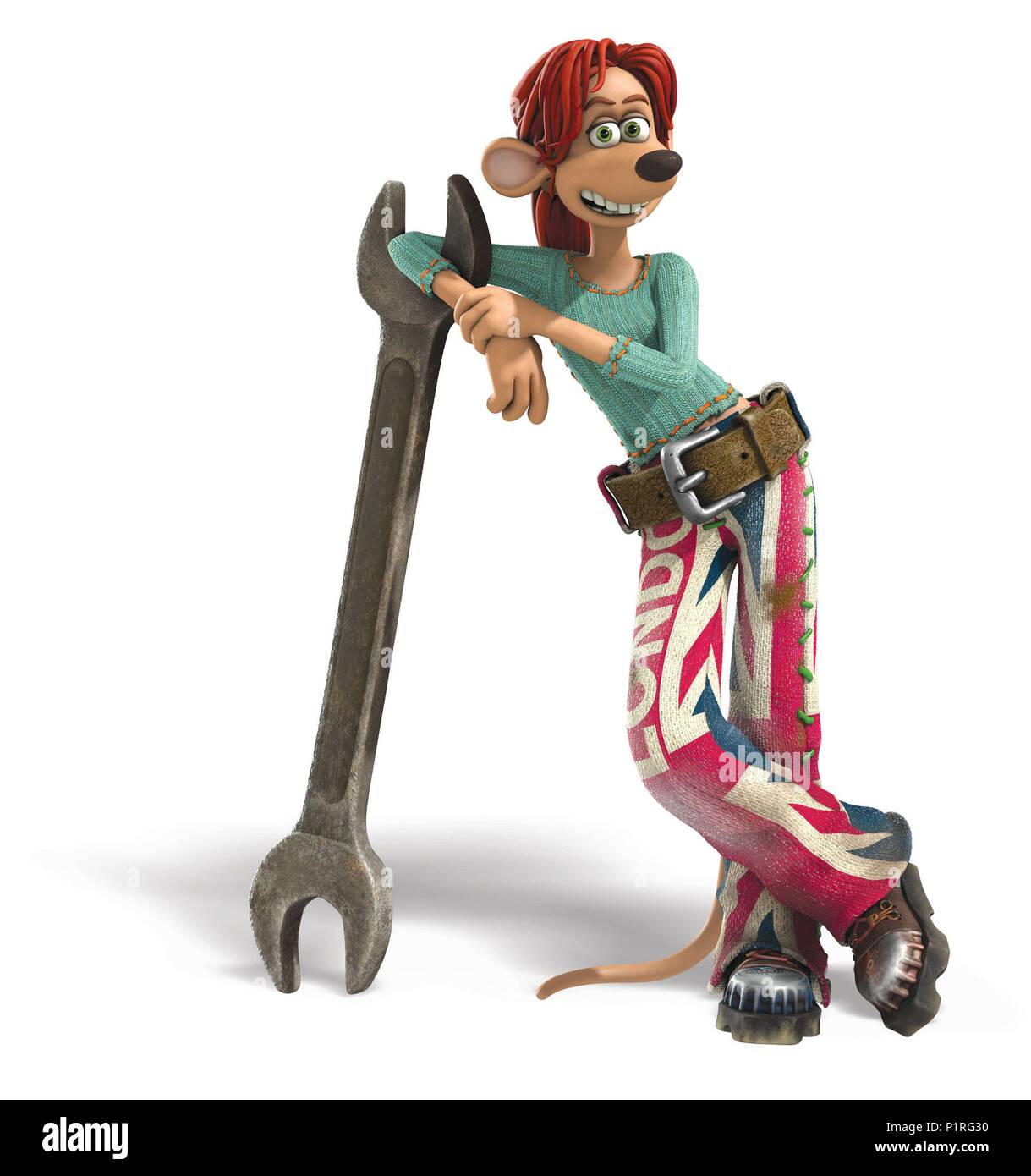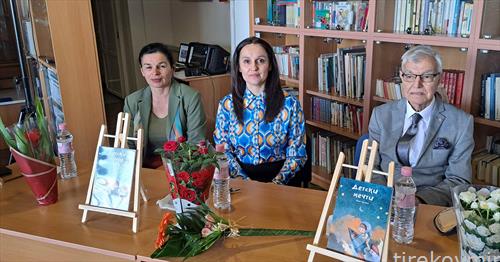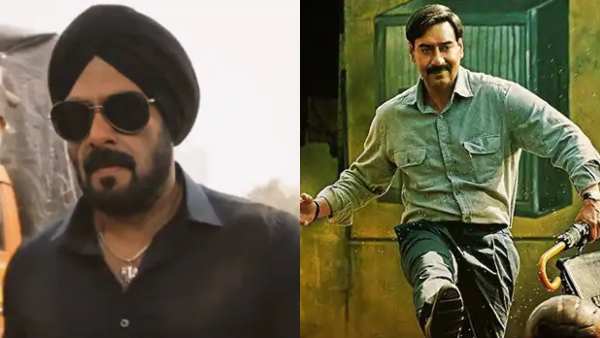Flushed Away: Comparing It To Other Aardman Animations

Table of Contents
- Visual Style: Claymation vs. CGI – A Paradigm Shift
- Storytelling and Themes: A Departure from Familiar Territory?
- Character Design and Development: Roddy and Rita vs. Wallace and Gromit
- Reception and Legacy: Critical and Commercial Success Compared
- Conclusion: Flushed Away's Unique Contribution to the Aardman Legacy
Visual Style: Claymation vs. CGI – A Paradigm Shift
Aardman's iconic status is deeply intertwined with its masterful use of stop-motion claymation. Films like Wallace & Gromit: The Curse of the Were-Rabbit and Chicken Run are celebrated for their unique texture, expressive characters, and the palpable sense of handcrafted artistry. Flushed Away, however, represents a bold leap into the world of computer-generated imagery (CGI). This shift in animation techniques resulted in a dramatically different visual experience.
-
Aesthetic Differences: The tactile quality of claymation, with its visible texture and slightly jerky movements, is entirely absent in Flushed Away's smooth, fluid CGI. Character designs, while still charming, are less overtly expressive in their physicality. The environments are richer and more detailed, showcasing the capabilities of CGI to render vast and intricate sets.
-
Impact of CGI: The CGI in Flushed Away allows for more dynamic camera movements, elaborate action sequences, and a greater level of detail in both character and environment design. However, some argue that the film lacks the inherent warmth and charm of the studio's traditional claymation style.
-
Challenges and Opportunities: The transition to CGI represented a considerable challenge for Aardman, requiring the studio to acquire new skills and technology. However, it also opened up creative opportunities, allowing for a wider range of visual storytelling techniques.
-
Scene Examples: Compare the frantic chase scenes in Chicken Run (claymation) with the sewer-based escapes in Flushed Away (CGI). The difference in visual style and pacing is immediately apparent.
Storytelling and Themes: A Departure from Familiar Territory?
Aardman films are often characterized by their whimsical charm, quirky British humor, and often relatable themes of community and underdog triumph. Wallace & Gromit, for example, blends slapstick comedy with gentle social commentary. Flushed Away, while maintaining Aardman's signature wit, ventures into more universal themes.
-
Shift in Themes: The film's story, centered around a pampered mouse navigating the underbelly of London's sewers, carries a broader appeal than the more localized narratives of previous Aardman productions. While still featuring the charming British sensibility, the film's themes of friendship, self-discovery, and overcoming adversity resonate with a global audience.
-
Character Arcs: While Wallace and Gromit's character arcs are often subtle and understated, Flushed Away's characters undergo more significant transformations throughout the narrative. Roddy's journey from spoiled socialite to resourceful survivor is a significant example.
-
Humor Styles: The film retains Aardman's hallmark blend of slapstick and witty dialogue, but the CGI animation allows for a more exaggerated and fast-paced comedic style in certain sequences.
-
Social Commentary: Although subtler than in some of their other works, Flushed Away still subtly addresses themes of class differences and societal inequalities within its seemingly lighthearted narrative.
Character Design and Development: Roddy and Rita vs. Wallace and Gromit
The character designs in Flushed Away are distinct from Aardman's earlier creations. While still maintaining the studio's distinctive charm, they reflect the capabilities of CGI animation.
-
Character Comparisons: Compare the meticulously crafted claymation figures of Wallace and Gromit to the more realistically rendered CGI characters of Roddy and Rita. The difference in texture and expressiveness is immediately apparent. Sid, the sewer rat, embodies the mischievous charm typical of Aardman villains, but his design reflects the possibilities of CGI rendering.
-
Character Relationships: The dynamic between Roddy and Rita, a charming but resourceful sewer rat, is a key element of the film's narrative. It's a relationship that mirrors the complementary partnership of Wallace and Gromit, but with its own distinct dynamic.
-
Evolution of Character Design: The evolution of Aardman's character design is evident in the transition from the simple, almost cartoonish features of early works to the more sophisticated and detailed characters of Flushed Away.
-
Comedic Effect: The character designs, coupled with the animation style, significantly contribute to the film's comedic timing and visual gags.
Reception and Legacy: Critical and Commercial Success Compared
Flushed Away's reception was mixed, diverging from the largely positive critical and commercial success of many other Aardman films.
-
Box Office Performance: While commercially successful, Flushed Away didn't reach the same box office heights as some of Aardman's other features.
-
Critical Reviews: Critical reviews were more divided than those for the studio's claymation works. Some praised the film's animation and humor, while others criticized its deviation from Aardman's established style and thematic consistency.
-
Lasting Impact: Despite mixed reviews, Flushed Away holds a significant place in Aardman's history as a bold experiment in CGI animation. It expanded the studio's reach and technical capabilities, paving the way for future projects.
-
Influence on Subsequent Projects: The experience gained from producing Flushed Away likely influenced Aardman's subsequent decisions on project style and approach.
Conclusion: Flushed Away's Unique Contribution to the Aardman Legacy
Flushed Away, while a departure from Aardman's traditional claymation style, remains a significant contribution to the studio's diverse filmography. Its transition to CGI animation showcases the studio's willingness to experiment and adapt to evolving technologies. While its reception was more varied than previous films, it cemented Aardman's commitment to innovation and broadened their storytelling capabilities. The film's unique blend of humor, character development, and visual style, although different, still carries the undeniable stamp of Aardman's creative ingenuity. Dive deeper into the world of Aardman Animations and compare your own experiences with Flushed Away and other classics!

 Nova Kniga Romski Ba Ki Za Site Vozrasti
Nova Kniga Romski Ba Ki Za Site Vozrasti
 Salman Khans Box Office Struggle A Deep Dive Into Financial Losses
Salman Khans Box Office Struggle A Deep Dive Into Financial Losses
 Kino Na Sluzhbe Otechestvu Obzor Festivalya V Moskve
Kino Na Sluzhbe Otechestvu Obzor Festivalya V Moskve
 Retailers Break Street Date Doom The Dark Age Spoilers Everywhere
Retailers Break Street Date Doom The Dark Age Spoilers Everywhere
 Salman Khans Biggest Flops More Than Just Radhe And Antim
Salman Khans Biggest Flops More Than Just Radhe And Antim
